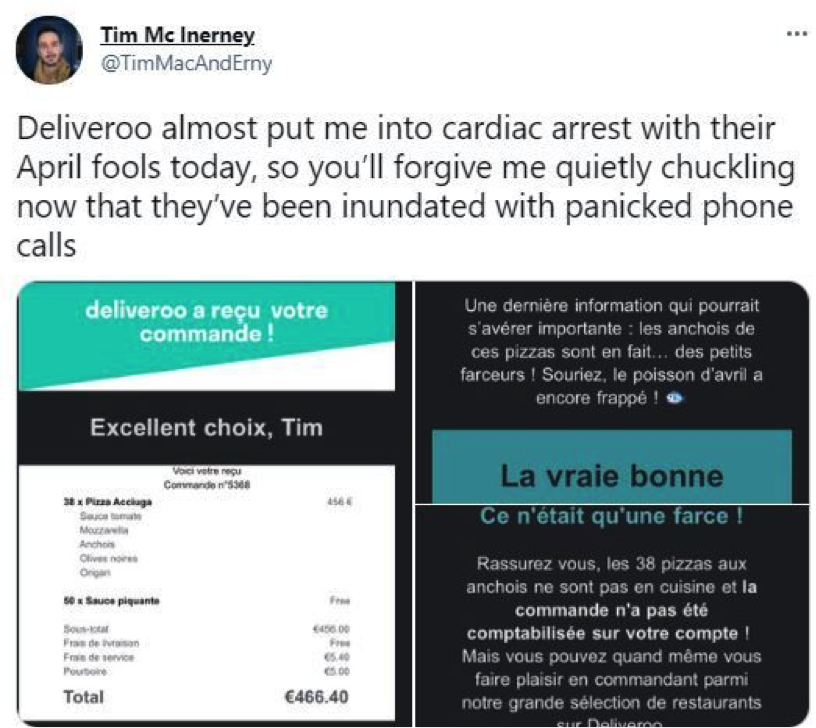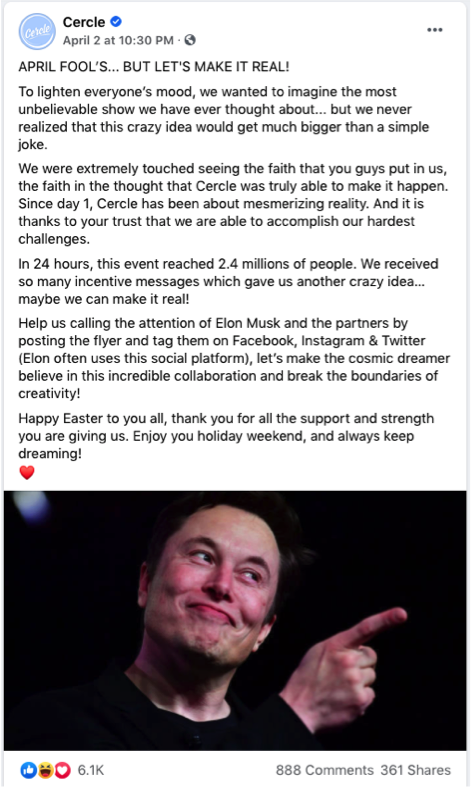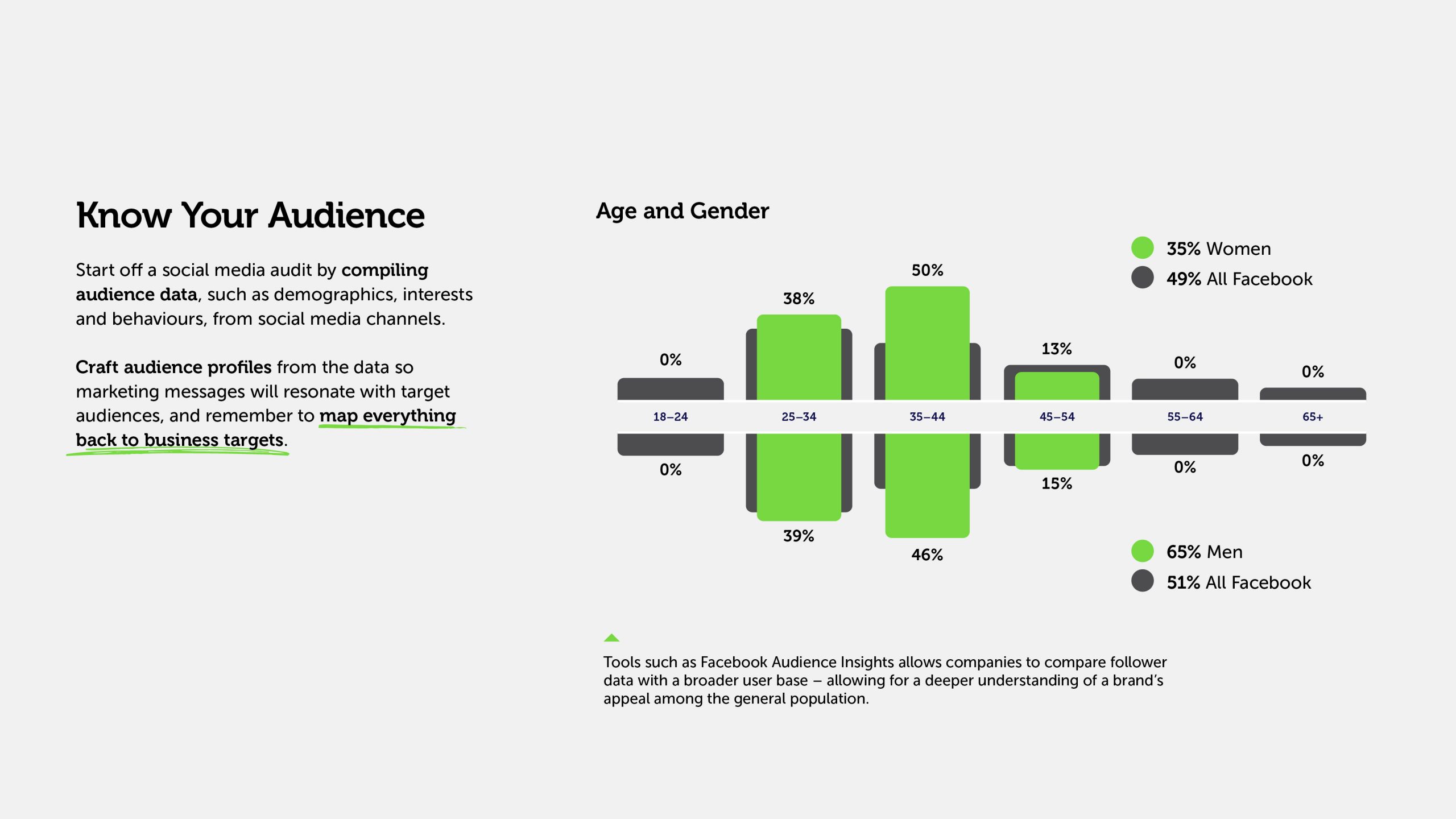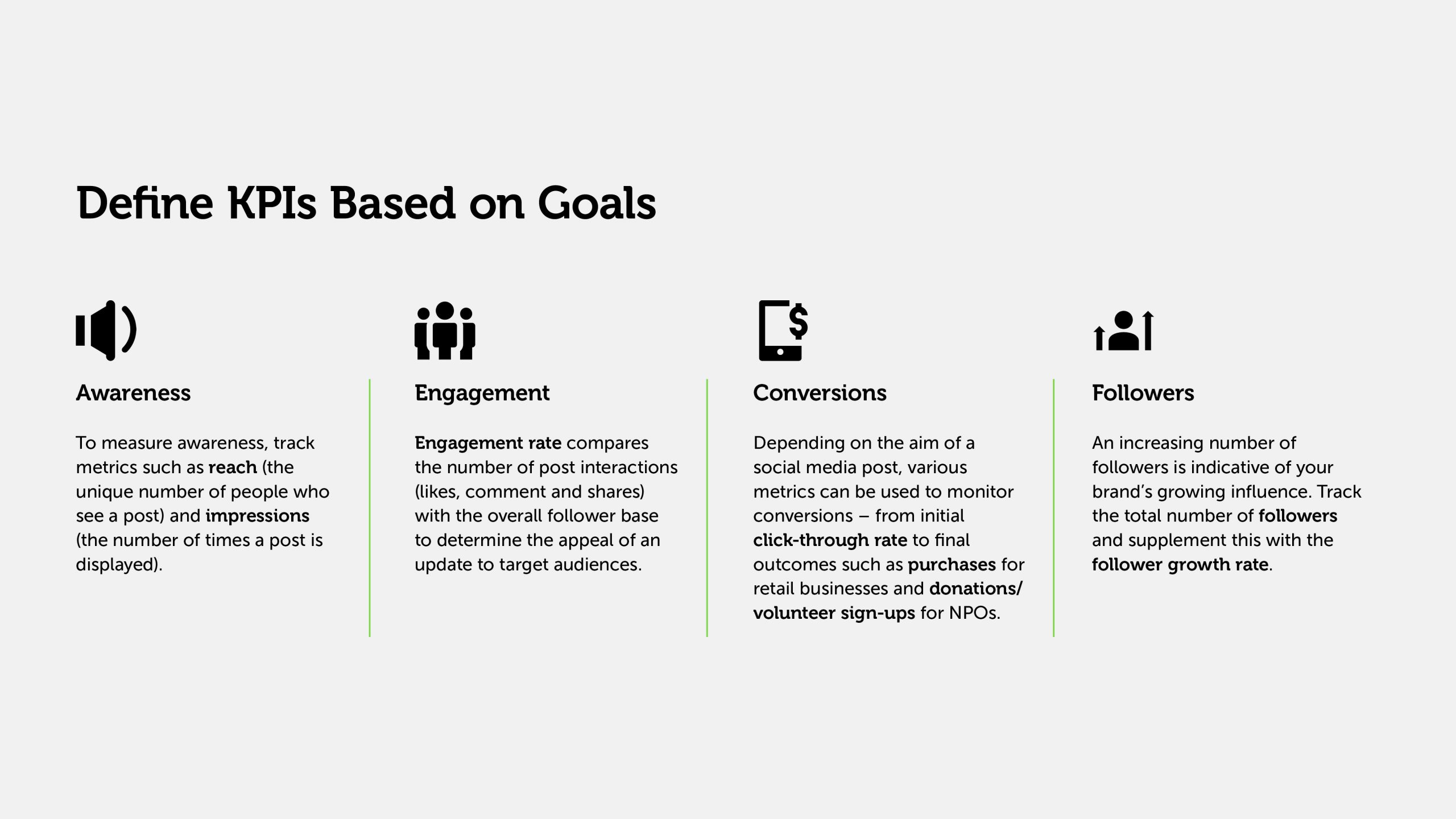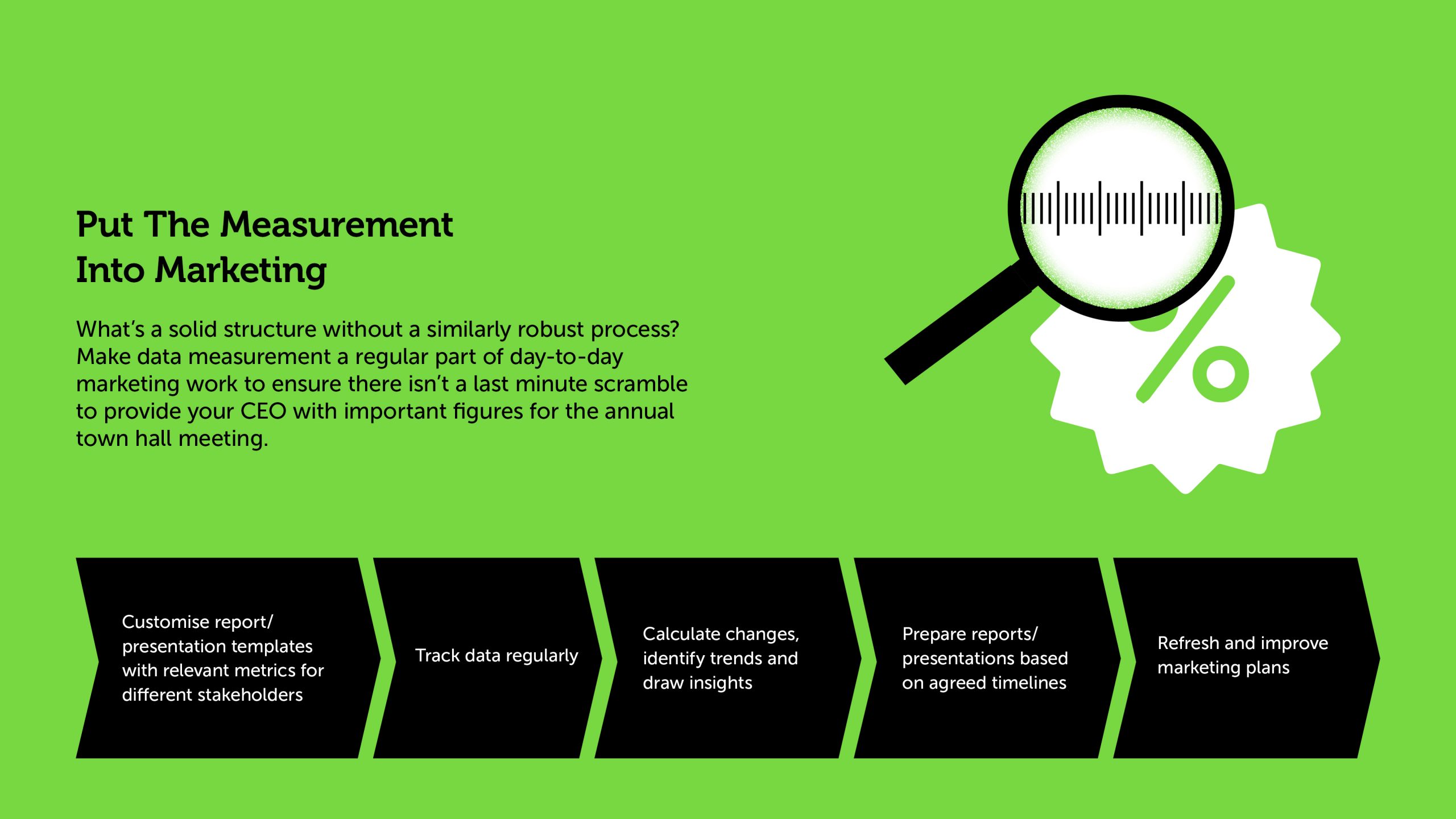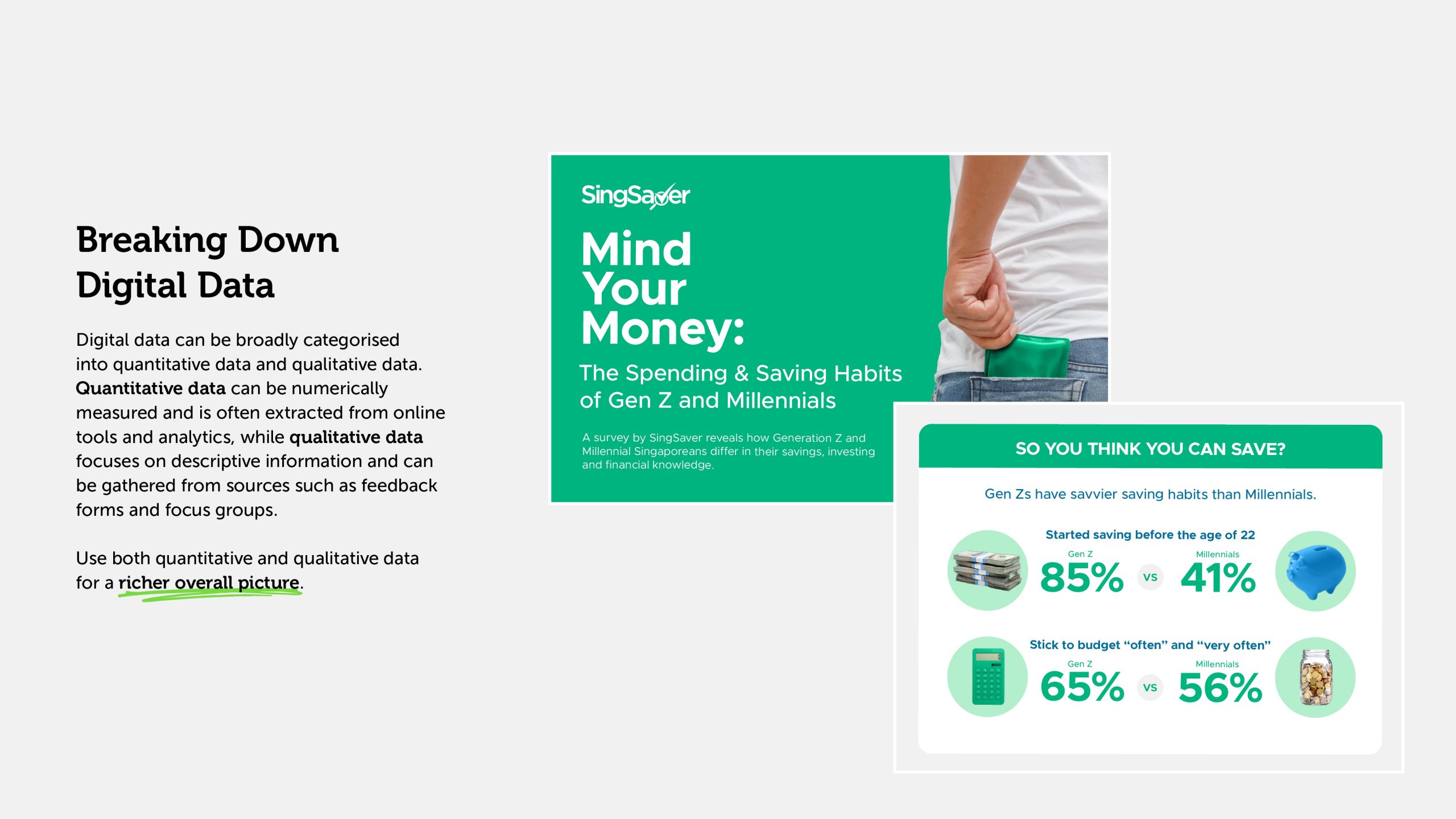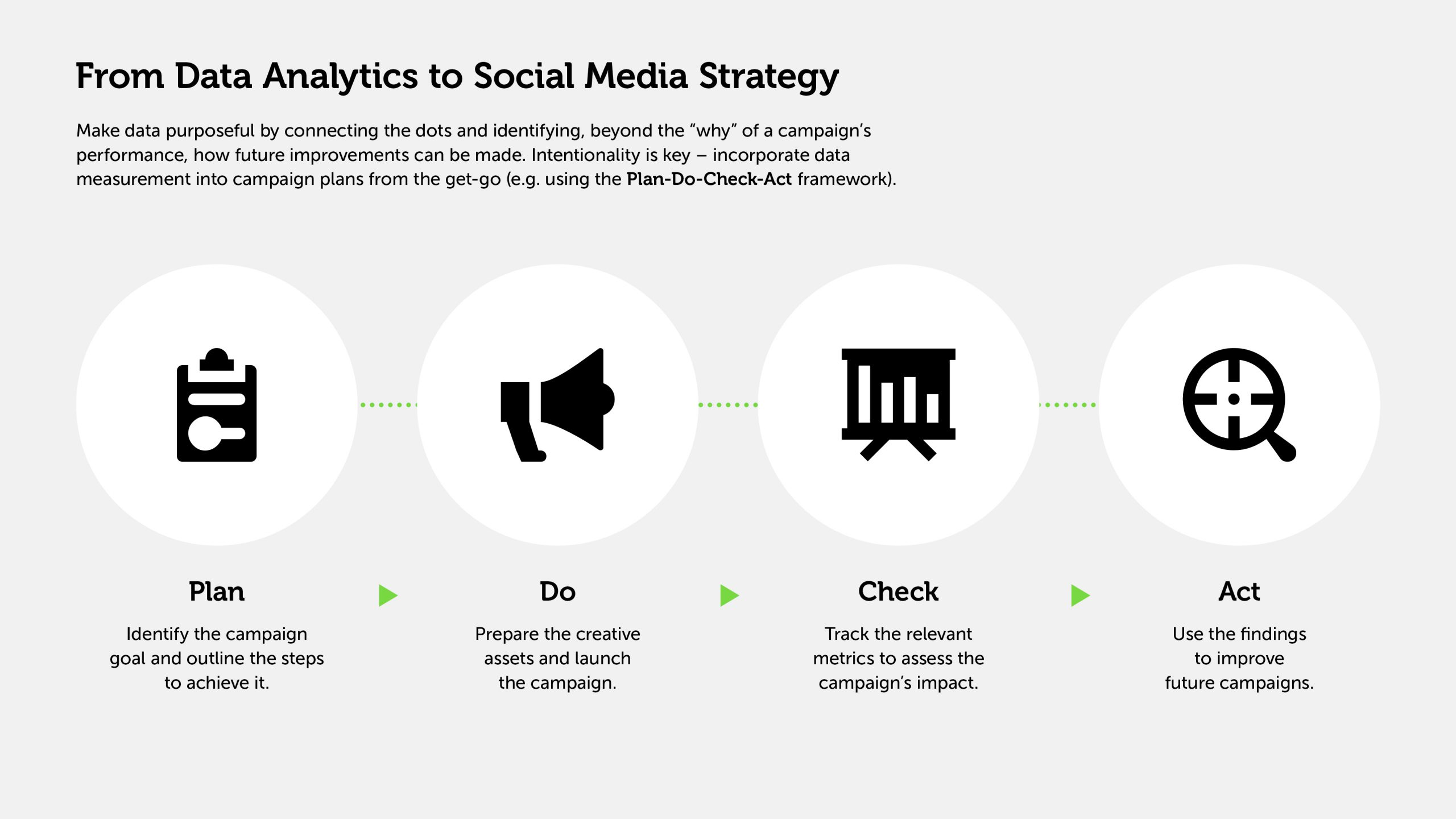Unclear objectives, lack of context, missing creative guidelines and unreasonable deadlines — these are the four horsemen of bad briefs. When unaddressed, these four plagues turn into infinite revisions, misguided design efforts, incompatible formats and late-night revisions.
While no one wants to do the same thing over and over again, designers find themselves in this spot far too often. Consequently, neither they nor their clients are happy. However, if we took a bit more time to nail the brief, we could actually help reduce the number of revisions….dramatically.
So, how can we make things better in 2021?
Writing better briefs is the answer, and removing all guesswork is how we’re going to get there.
From the moment the client floats the project, to the actual briefing call with the designers — there should be a clear, concise description of the client’s scope and what is required of the designers. This includes how much time will be allocated for the work to be done.
Now, for the practical steps. While some of these suggestions aren’t new, consciously following through with them might end the vicious cycle of miscommunication (for good).
Step 1: Have clear objectives for each deliverable
Who should take note: The clients and project leads
Ask the right questions. Ask good questions. Also try to review the project and gather the necessary data beforehand. .
Example:
- What do they want to achieve with this project? (More downloads, higher customer engagement, experimenting to see if the medium works)
- What actions are the target audience supposed to take when they see it? (Download, share and comment, gush over how beautiful the design is…)
Step 2: Clarify vague terminology
Who should take note: Project leads and designers
If we had a dollar for every time we were vaguely asked to design something that looked ‘epic’, ‘cool’ or ‘fresh’, we’d be rich by now! Go a step forward by being as specific as possible and using as many visual references as necessary. This can include previous campaigns or similar work done by other brands.
Design-thinking is a time-consuming process. Once your designers understand what you really mean when you ask for a “cool” logo, they won’t have to spend as much time exploring design options while playing detective.
Examples:
- What elements does “cool” possess, according to you? When you say cool, do you mean Nike cool or Apple cool? Both brands have different personalities, yet both are still considered ‘cool’.
- What’s an example of an epic poster design for you?
- What does minimalist design mean to you? Is it just more white space that you’re looking for, or something else?
- You want a ‘cool’ shade of green. But do you want to come off as fancy or futuristic?
Step 3: Diagnose the problem
Who should take note: Project leads and designers
At Mutant, we believe there’s always more to every request from our clients. But this requires project leads to work hand-in-hand with designers to dig deeper and find out what needs to be achieved.
Here are some questions to ask:
- What does the client want when they mean they are trying to change their brand perception?
- When the client pushes for a new marketing strategy, are they actually talking about a rebranding exercise?
- Is this campaign a response to a new trend or a rebranding move by a competitor?
Step 4: State all guidelines very clearly
Who should take note: The clients and project leads
Imagine designing an A4 poster only to be told that at the eleventh hour that it needs to be adapted into PDF, Instagram post, GIF AND banner formats. Well, perhaps not all of those formats simultaneously, but you get the idea.
Project leads should always ask for the dimensions and formats required for each project. Although sometimes it’s obvious, knowing how and where the final artworks will be used will also help designers anticipate unexpected outcomes.
Examples:
- Will this poster be printed out? If so, where will it be displayed?
- Does the artwork need to be adapted into other formats?
- Is the .mov format compatible with your front desk display unit?
- If this animation has to be adapted into another size, extensive changes will need to be made. Are you on board with that?
Better design briefs are truly worth the effort, because they help both the client and designer get one step closer to achieving the project’s final goals. Try asking these questions in your next briefing call and watch your briefs – and outcomes – improve.
If you’re looking for a team of design pros with all the right questions in their toolbox, drop us an email at hello@mutant.com.sg!



